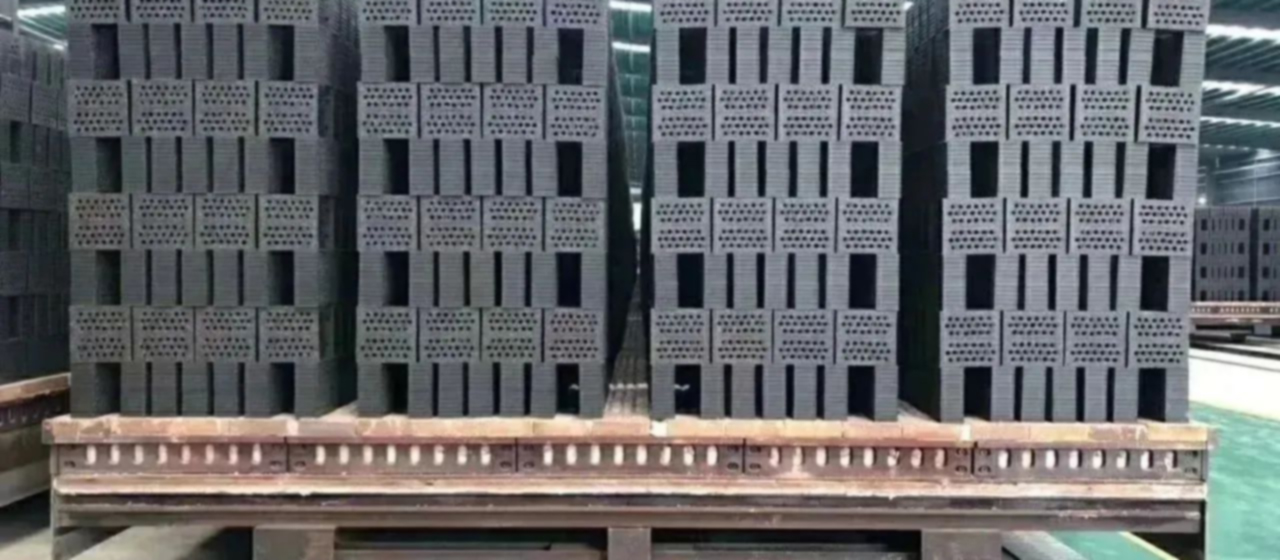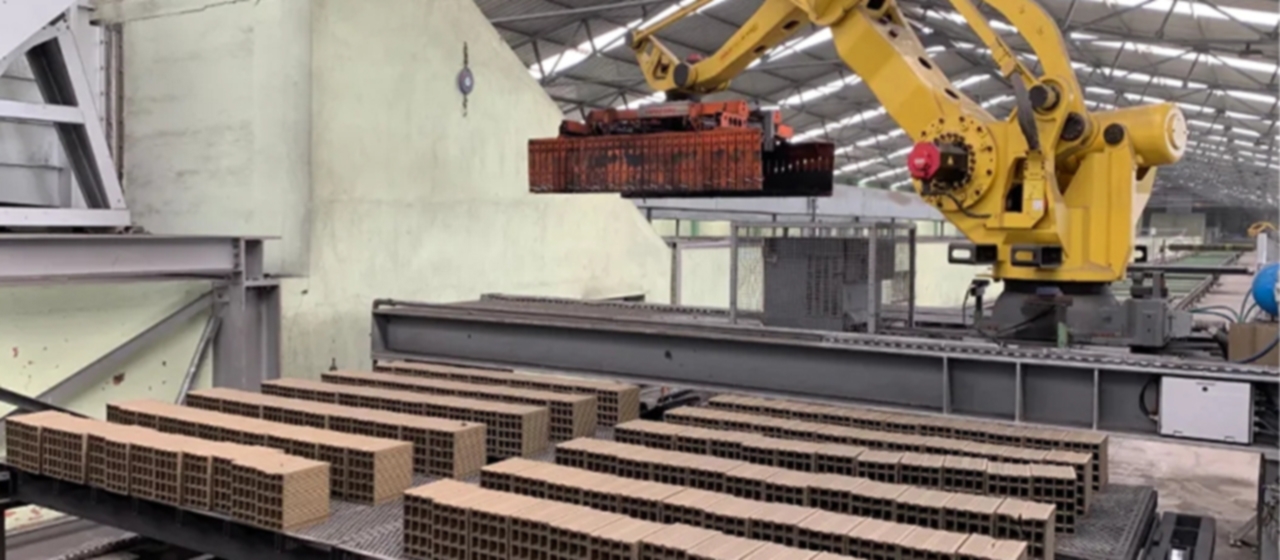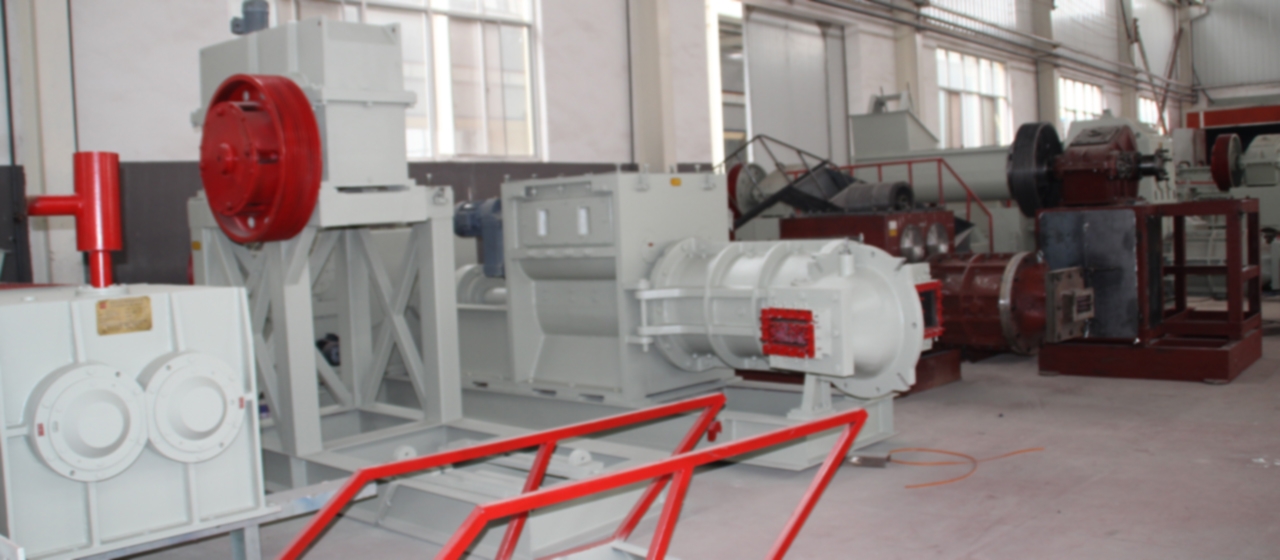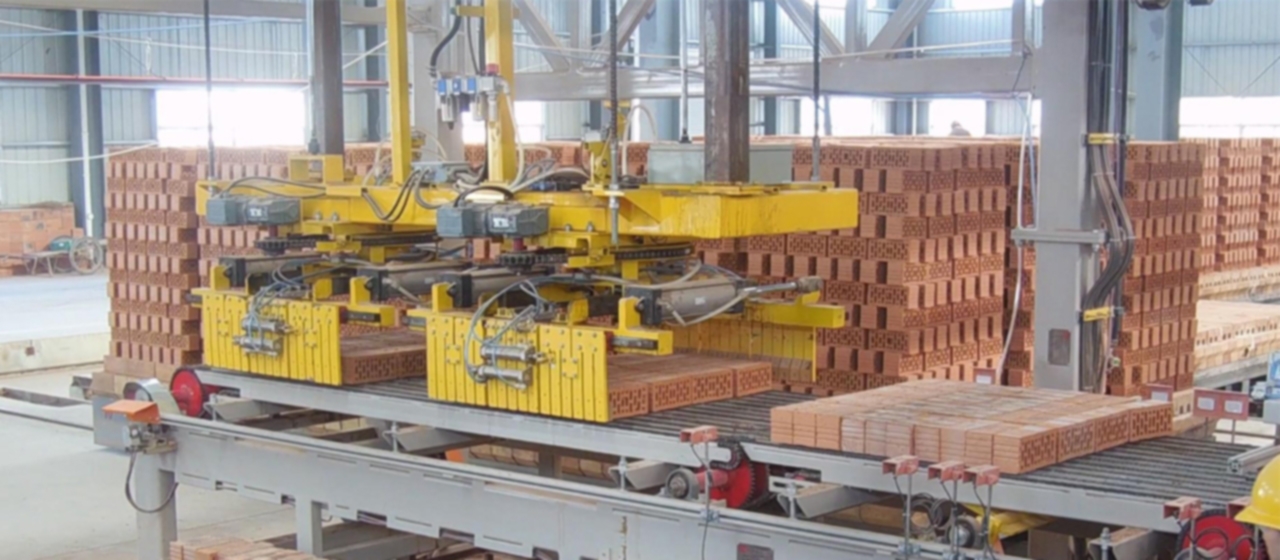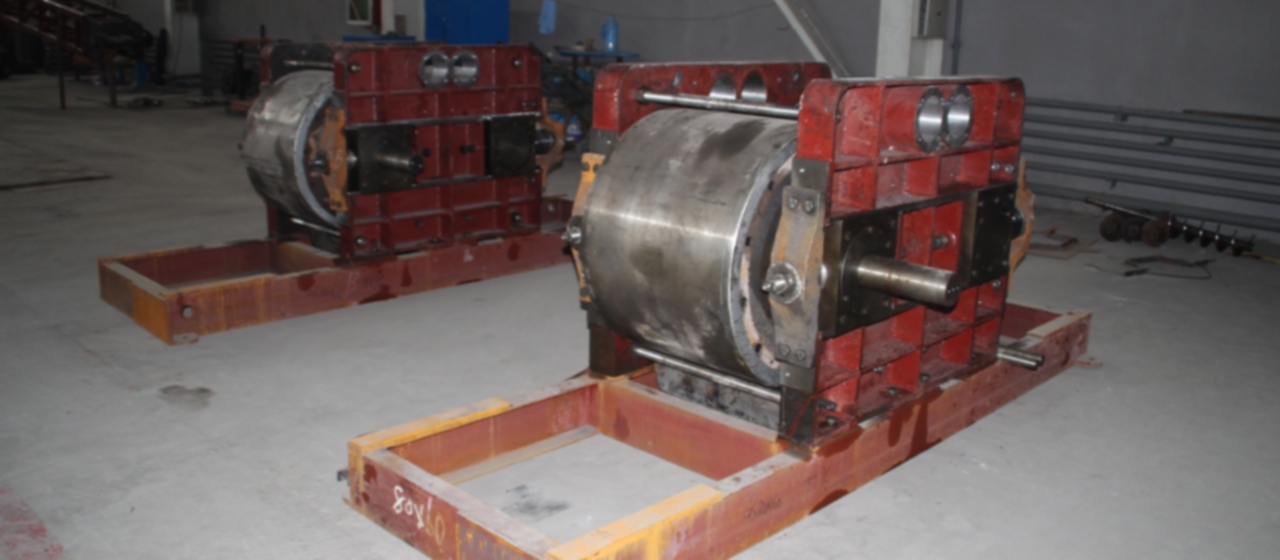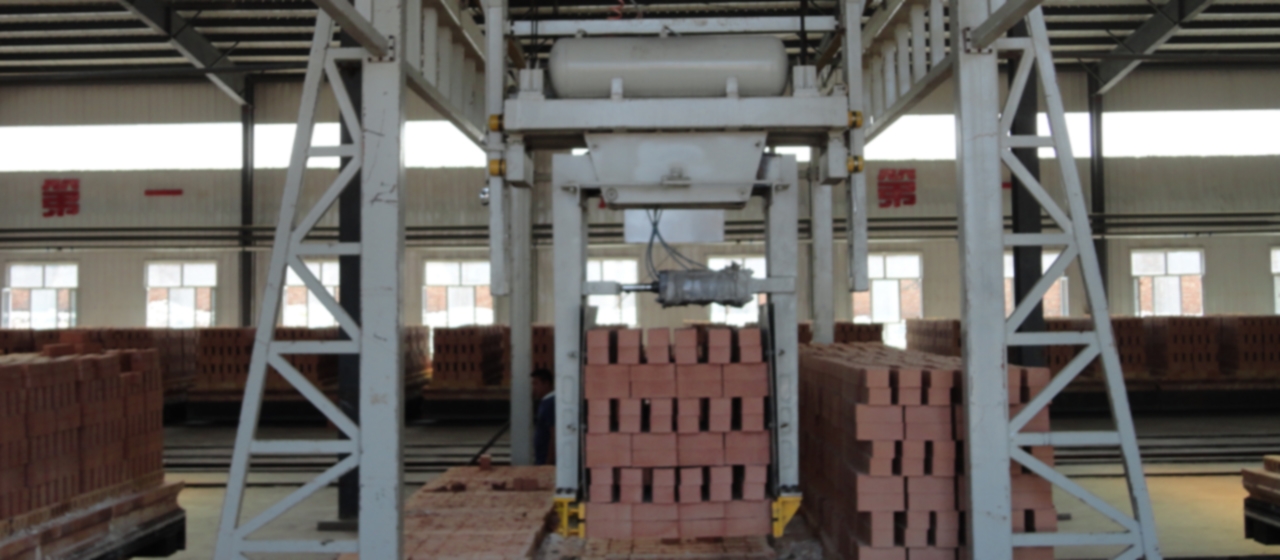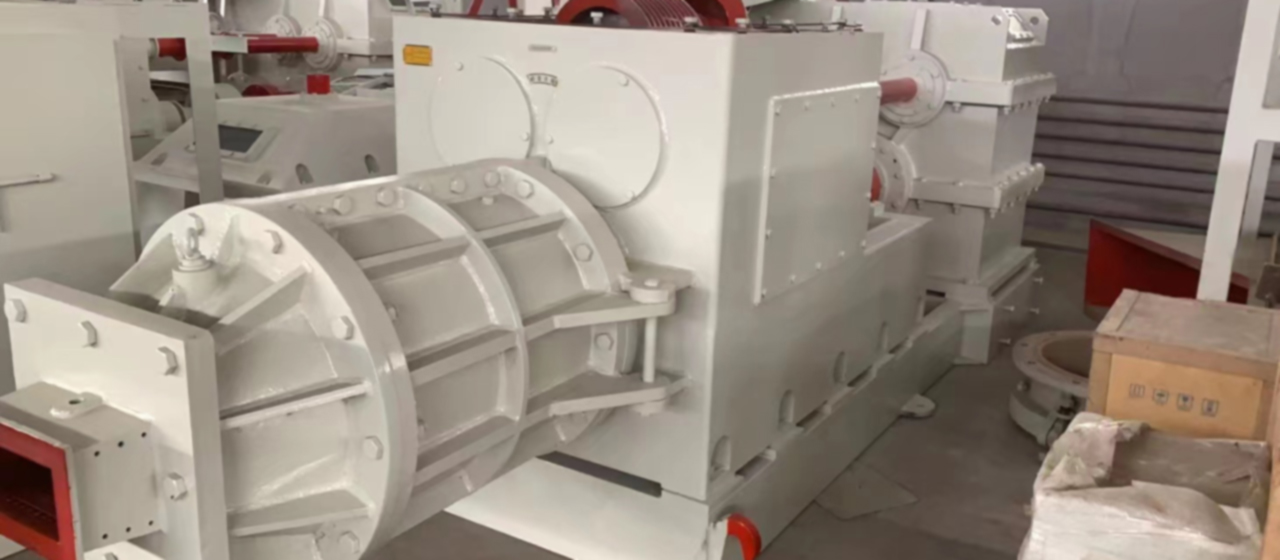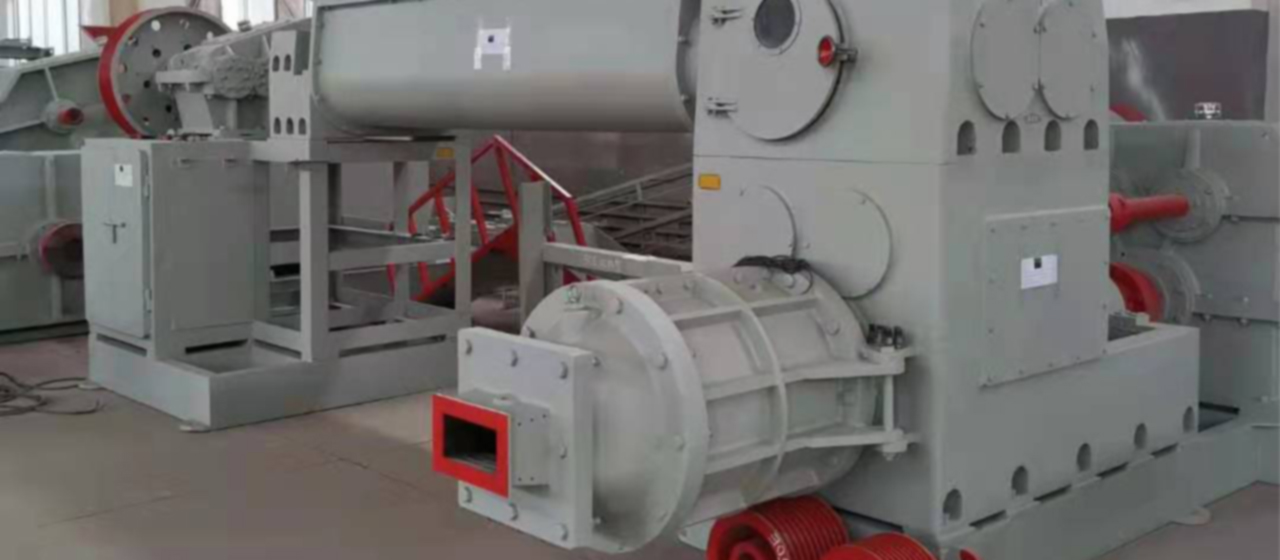Was sind die Arten von Ziegeln in Wandmaterialien?
Es gibt viele Arten von Wandmaterialien, aber aufgrund des niedrigen Preises von Ziegeln und ihrer Fähigkeit, bestimmte gebäudefunktionale Anforderungen zu erfüllen, Ziegel machen etwa aus 90% von Wandmaterialien. Je nach den unterschiedlichen verwendeten Rohstoffen, Es gibt gesinterte gewöhnliche Ziegelsteine, Flugaschesteine, und autoklavierte graue Sandsteine.
1. Sintering ordinary bricks
Solid bricks made from clay, Schiefer, Kohlenbande, fly ash and other main raw materials, which are obtained through material extraction, preparation, billet making, Trocknen, and roasting, are classified into clay bricks, Schiefersteine, Kohlegangsteinsteine, etc. nach den wichtigsten Rohstoffen. Zu den technischen Anforderungen an gesinterte Normalziegel gehören:: Außenmaße, Druckfestigkeit, Witterungsbeständigkeit, und Aussehensqualität.
(1) Die Außenmaße von Ziegeln; 240mm lang, 50mm breit, und 53 mm hoch.
(2) Compressive strength of bricks; Die Festigkeitsklassen von Ziegeln werden in fünf Stufen eingeteilt: MU30, MU25, MU20, MUl5, und MU10. The division method is based on the average compressive strength and strength standard value of 10 Ziegel.
(3) The weathering resistance of bricks refers to their ability to resist climate changes such as dryness, wetness, Temperatur, and freeze-thaw cycles.
(4) Die optische Qualität von Ziegeln: Gemäß den Inspektionsergebnissen der Ziegelgrößenabweichung, Risslänge, Farbe, frosting, lime cracking, etc., they are divided into three product grades: excellent, first-class, and qualified.
2. Flugaschesteine
Fly ash brick is a solid brick made from fly ash and lime as the main raw materials, mixed with appropriate amounts of gypsum and slag, mixed with water to form a billet, in Form gepresst, and then cured with high-pressure or atmospheric steam.
(1) The nominal dimensions of the brick are: length 240mm, width 115mm, and height 53mm.
(2) According to the requirements of compressive strength, Biegefestigkeit, und Alterungsbeständigkeit von Ziegeln, they are divided into five grades: MU30, MU25, MU20, MUl5, und MUlO.
(3) Je nach Aussehen und Trocknungsschwindungswert der Ziegel, they can be divided into: superior products, erstklassige Produkte, und qualifizierte Produkte. Flugaschesteine können für Wände und Fundamente in Industrie- und Zivilgebäuden verwendet werden, but bricks with a strength grade of MUL5 or higher must be used for foundations or for building parts that are susceptible to freeze-thaw and wet dry alternation. Flugaschesteine dürfen nicht in Gebäudeteilen verwendet werden, die einer langfristigen Erwärmung ausgesetzt sind (über 200 ℃), schnelles Kühlen, schnelles Aufheizen, and erosion by acidic media.
3. Autoclaved gray sand brick
Autoclaved lime sand brick is a solid wall material mainly made of lime and sand, das aus Rohstoffen hergestellt wird, in Form gepresst, and steam cured.
(1) The dimensions of the brick are: length 240mm, width 115mm, and height 53mm.
(2) Entsprechend den Anforderungen an die Druckfestigkeit, Biegefestigkeit, und Frostbeständigkeit von grauen Sandsteinen, they are divided into four grades: MU25, MU20, MU15, und MU10.
(3) Entsprechend der Stärke und dem Aussehen von grauen Sandsteinen, they can be divided into three grades: excellent bricks, erstklassige Ziegel, und qualifizierte Ziegel. Steam pressed gray sand bricks of grade MU15 or above can be used for foundations or other building parts, while grade MU10 bricks can only be used for building parts above the moisture-proof layer. Building parts that are subjected to long-term heating above 200 ℃, schnelles Kühlen, schnelles Aufheizen, and erosion by acidic media shall not use autoclaved sand and mortar bricks.

